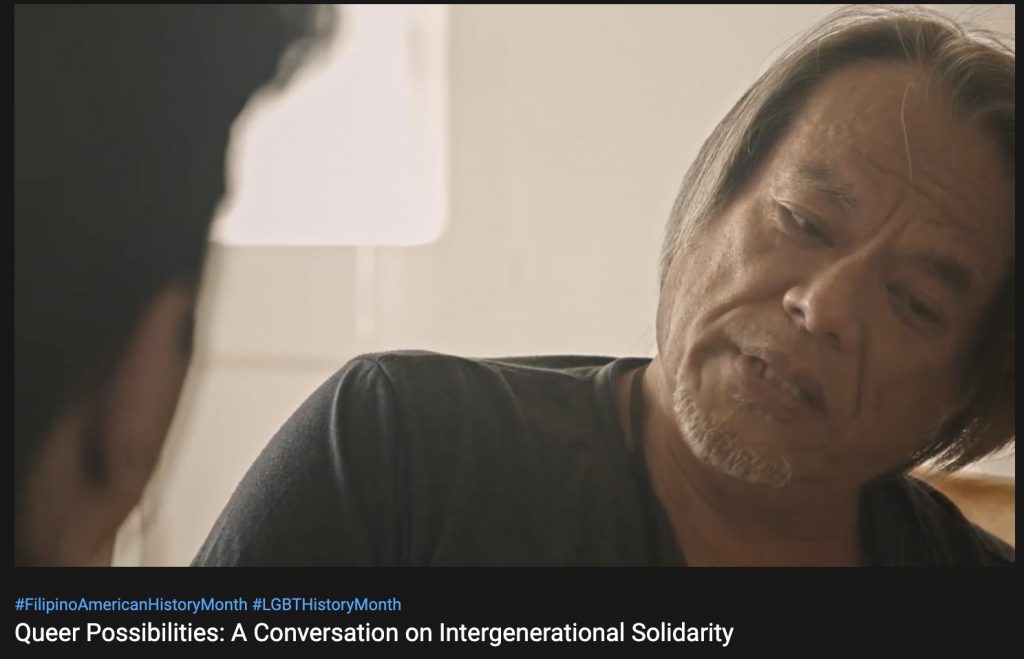We weave stories across generations
I grew up in a traditional Hmong household that practiced under a patriarchal system with gendered roles and a religious belief of Shamanism, the belief that spirits are intertwined with our physical reality. These traditions taught me that queer Hmong individuals do not have a place in our community because we do not fit the binaries, and that my ancestors spirits would never accept and love my own for being queer. So I struggled finding space for myself in the only communities I know, physically and spiritually. The shame and tabooness of queerness closed me off to any queer Hmong people and to any queer and trans API spaces at such a young age of 7.
I navigated my queer Hmong life by myself for 10 years. It started out as a secret I would not tell my family, and as the years progressed, it turned into internalized hate for myself. I felt hopeless and lost with no strong support system. My world looked and felt gray.
At 17, I remember sitting around a conference table with 10 other queer Hmong people who shared their own queer journeys. My spirit resonated with them, it felt as if it was trying to escape my flesh prison, it felt drawn to live, breathe, and play with their stories. They gave me stories that validated my experience as a queer Hmong individual—they too were on a journey to reconcile their sexuality and their spiritual religion. For the first time in my life, I felt heard and understood. They introduced color back into my life.
I went off to college at Stanford, away from home, to further explore my queerness. Here I taught others about my queer Hmong identity, I wore crop tops, and I acted more feminine. But something was still missing. I couldn’t quite pinpoint it. And after my first year at Stanford, I found myself here at Lavender Phoenix as one of their Summer Organizers. It felt reminiscent of the queer Hmong space I was in before. I began relearning a lot of love, care, and longevity for myself.
Though reminiscent of all positive things, I still sought more in my experience and existence. And I found the missing piece at an LEX training this summer, when I saw, “Queer Possibilities: A Conversation on Intergenerational Solidarity” with Sammie and Vince. Sammie is the previous director and a strong leader of Lavender Phoenix and Vince is an elder and a pillar in our community. This video shows Sammie and Vince reflecting on their own relationship and on connecting their different generations through a lens of organizing, healing, and love. Throughout this video, my spirit cried both tears of sadness and tears of joy. How beautiful it was to highlight the perspectives of an elder and a younger person in our community. What resonated with me was how I deeply understood both perspectives.
Here, I recognize how much I internalize what society has been telling me since youth. Sammie says it perfectly: “We’re told we don’t have legacy and don’t have future.” I also recognize how much I work in crafting my story to build a future, legacy, and community for my own queer and trans Hmong community. Vince says, “I hope the elders will start to tell those stories because if we don’t, someone else will.” During the video, I was able to see clearer who I am in the communities I am part of: a young person, seeking guidance and mentors, as well as an older person, being able to share my wisdom and knowledge with those younger than me. I saw myself as an elder to other queer Hmong youth, while recognizing my young age of 20.

The clarity of this video highlights the necessity for stories in my life. At Stanford, I felt a missing hole in my queer Hmongness during my first year because I lost access to queer and trans API stories. At Lavender Phoenix, I found stories woven in all of my conversations with other SOPs and supervisors, all of our River of Life presentations, and in my work with zines. Stories are integral in my healing journey as they affirm me and teach me things I didn’t even know about my own life. Stories from our elders, our youth, and everyone in-between are valuable as they will continue to breathe life into one another. Stories are meant to be interacted with, actively, as they allow such vibrant communication, warmth, and solidarity for our whole community.
In the video, Vince says, “maybe the message is that when we meet with younger people, we heal because we know that those efforts weren’t for nothing.” Here, I listen and understand as an elder. And I reflect and respond as a young person, “when us younger people meet with our elders, we are inspired and we heal because we now know what we are fighting for and living for.”
I want to recognize that Lavender Phoenix’s existence has impacted me even before I came in contact with them, truly transformed me within my time here, and will continue to inspire me after. It will continue to do so for the queer and trans API youth who seek their existence, guidance, and love. And I am honored to be part of the first cohort of summer organizers under the new name Lavender Phoenix.
Bio: Chali Lee (he/him/any) identifies as a queer Hmong individual from Fresno, CA. He currently attends Stanford University where he studies Political Science, Asian American Studies, and Feminist, Gender, and Sexuality Studies. Chali believes the new values and skills learned from Lavender Phoenix will aid him on his lifelong journey to create intentional, loving spaces for trans and queer Hmong communities.

